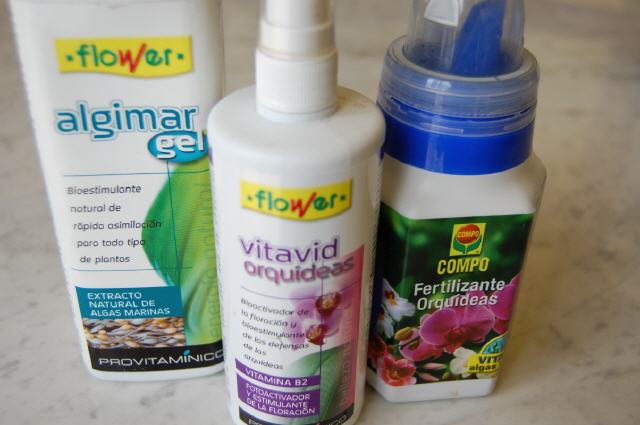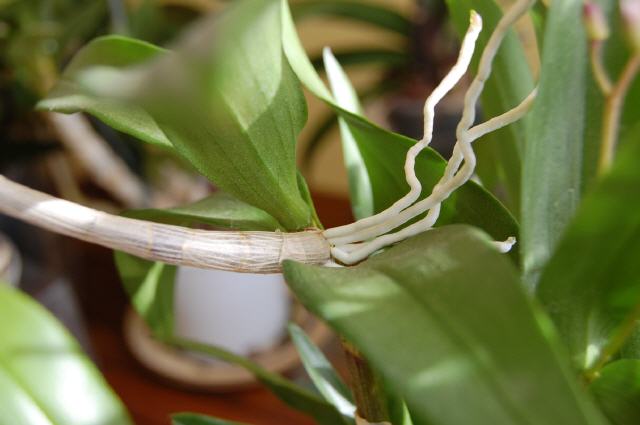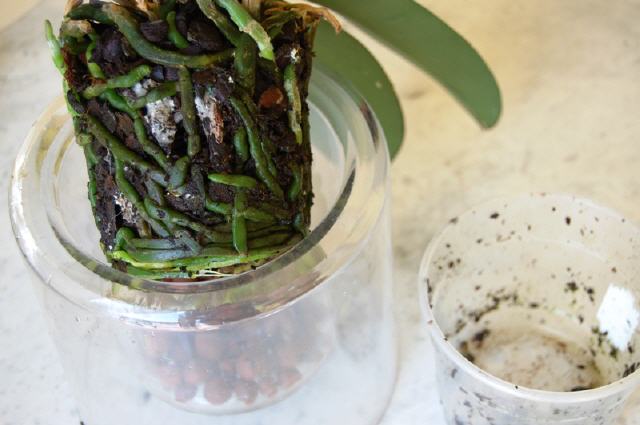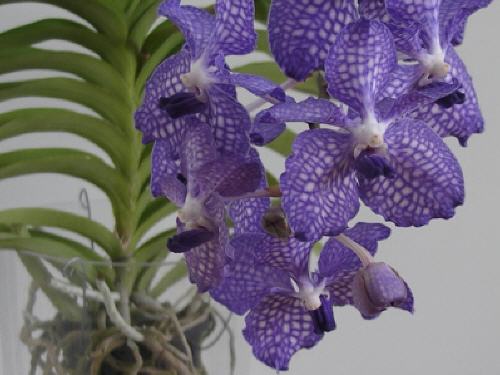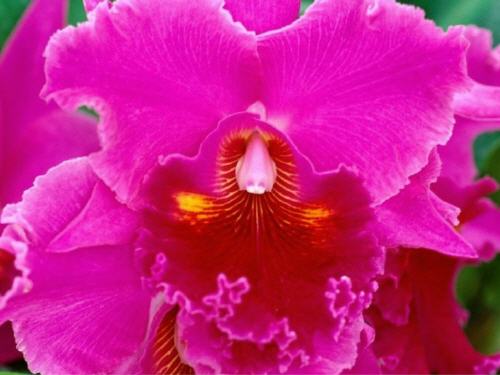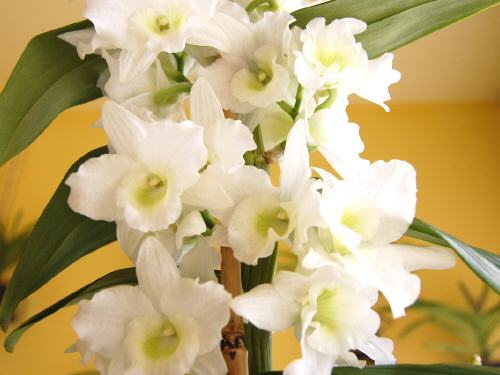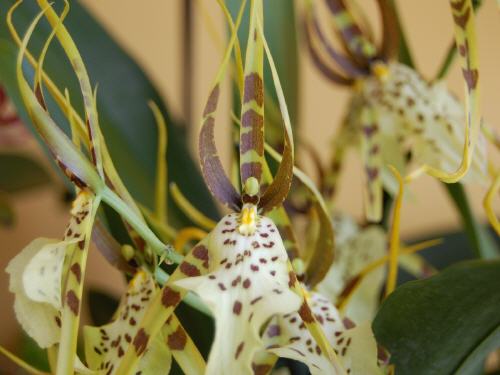The Cattleya

1 - General characteristics
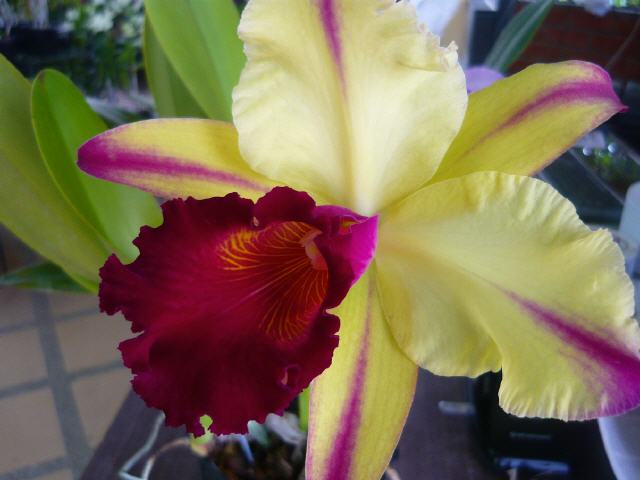
The Cattleya and their different families are undoubtedly the most popular group of orchids among fans worldwide. It was a specimen of Cattleya ( specifically the species later went to named " labiata " ) , it was the first orchid to reach Europe in unusual ways . They did as part of the packaging material of a cargo of moss and lichen were sent from Brazil to the UK in 1818. The receiver of such ships was William Cattley , a very important horticulturist of that time, realize the unusual and hitherto unknown nature of wilted plants accompanying the shipment .
Cattley , who would take the name of the orquid , managed to revive some of them. Not until 1891, when the trades were faster (due to advances in navigation ), this type orquids could arrive in greater numbers and better conditions.. This enabled the cultivation of orchids acquired some popularity among the middle class .
The Cattleya, as many species of orchids are epiphytes , ie natural and grow wild in trees and rocks.
Depending on the species , the pseudobulbs grow to 90 cm tall and shaped much like a cane rod , with 1-3 stiff and thick leaves that sprout from their edge.
There are two basic categories in species: labiata or monofoliada , which has only one leaf per pseudobulb , and bifoliate having two and occasionally three . The monofoliada having 2-6 big flowers of showy flowers . Meanwhile the bifoliate produce as many flowers but smaller . The colors of these flowers are usually very bright , very vivid and striking colors.
The Cattleya species has been extensively crossed with other species to produce different varieties of hybrids.
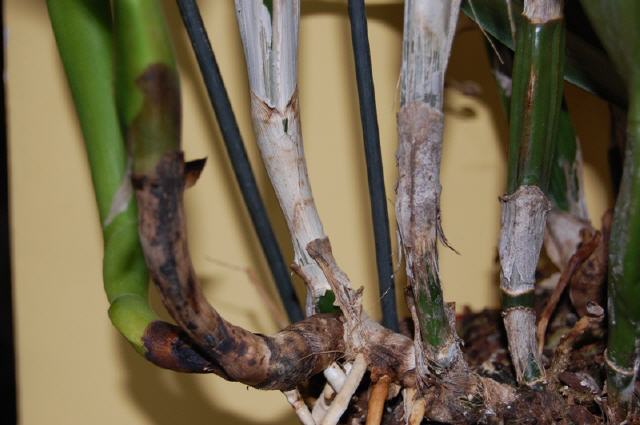
The growth cycle of Cattleya is characterized by the presence of one or more stems growing in a curly and horizontally way, generating successive outbreaks that create new pseudobulbos and forming new flowers along with roots that penetrate the substrate .
It is often said that Cattleya are plants that walk owed precisely to this characteristic of presenting a row of pseudobulbs in that the last one is the youngest and, therefore, the one that will generate new flowers, the oldest ones they will not bloom.

The Cattleya grow well in the home environment , with minimum night temperatures of about 12 º C. and daytime highs of 30 ° C. They need a humidity between 50 and 80%. Location of area with lots of light, even with some sun (except midday) .
The type of basic subtrate they need is basic substrate of pine or fir bark , osmunda , peat and polystyrene could also be added . The drainage must be perfect as their roots need to dry between waterings , although some humidity ( frequent sprays ) should be maintained. Increase waterings in summer with good ventilation. Add fertilizer ( twice a month ) in spring and summer . In winter keep the soil barely moist .
Also they need a period of rest, usually between October and April, during this time the plant does not grow and we will reduce waterings .
Cattleya:
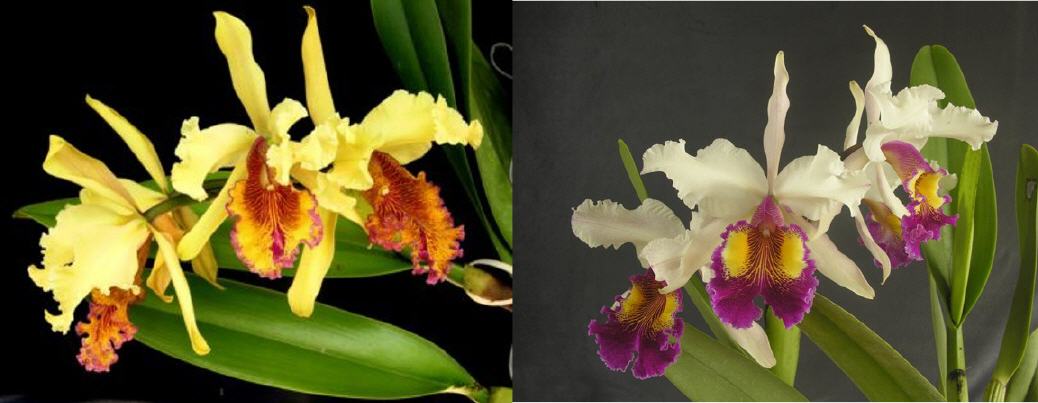
2 - Table of basic need:
| Conditions: | Information: | Observation: |
|---|---|---|
| Temperature | Low of 12°C, Maximum about 30°C. | Day 20 to 30ºC. Night between 13 and 15 (recommended). |
| Humidity | Between 50 and 80% | Allow to dry slightly between waterings substrate. Frequent sprays. We suggest placing a container or other ceramic beads with water to keep some moisture in the bottom of the pot. |
| Light | They need lots of light. They tolerate some direct sunlight out of the central hours of more radiation. | |
| Fertilizer | Add fertilizer (twice a month) in spring and summer. | |
| Substrate | Base of pine or fir bark mixed with plant fibers (moss or coconut fiber to 30%). | |
| Others |
The drainage must be perfect as their roots need to dry between waterings, although some humidity (frequent sprays) should be maintained. Increase waterings in summer with good ventilation. |
Also requires good ventilation. We recommend placing tutors (wooden rods) to secure new growth. |
More information about the care of orchids:
 |
 |
 |
 |
 |
Please rate this page by clicking on the icons.



